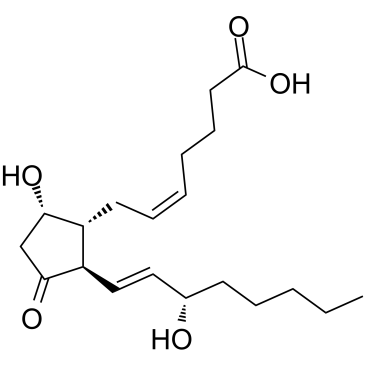| Structure | Name/CAS No. | Articles |
|---|---|---|
 |
Prostaglandin D2
CAS:41598-07-6 |
|
![3-PHOSPHO-D-GLYCERATE CARBOXYLYASE[DIMERIZING] Structure](https://image.chemsrc.com/caspic/217/9027-23-0.png) |
3-PHOSPHO-D-GLYCERATE CARBOXYLYASE[DIMERIZING]
CAS:9027-23-0 |